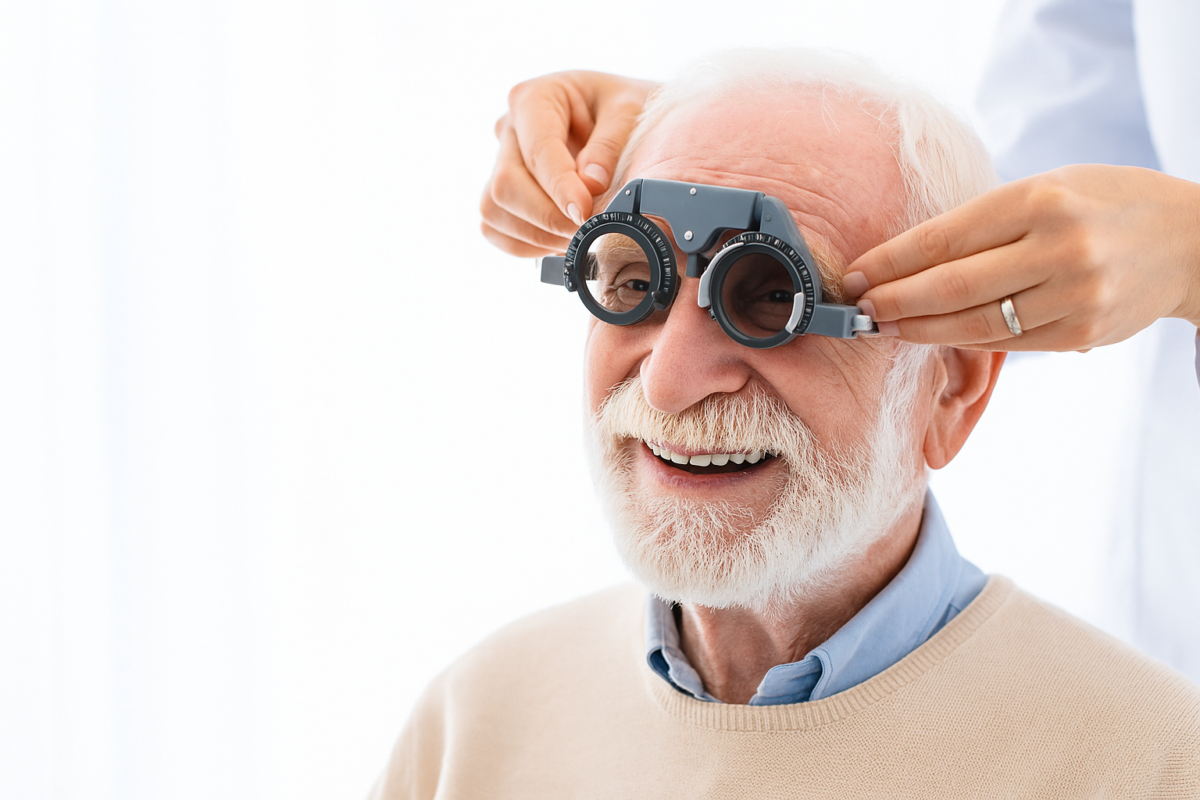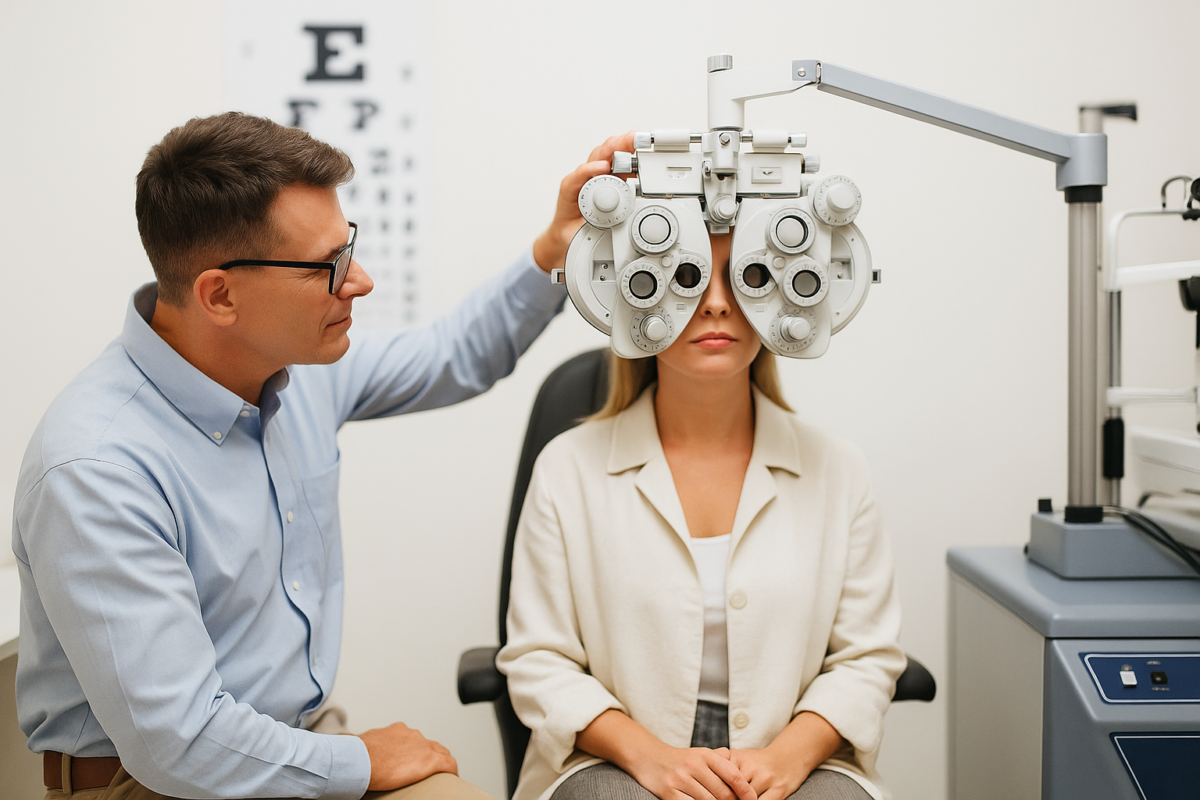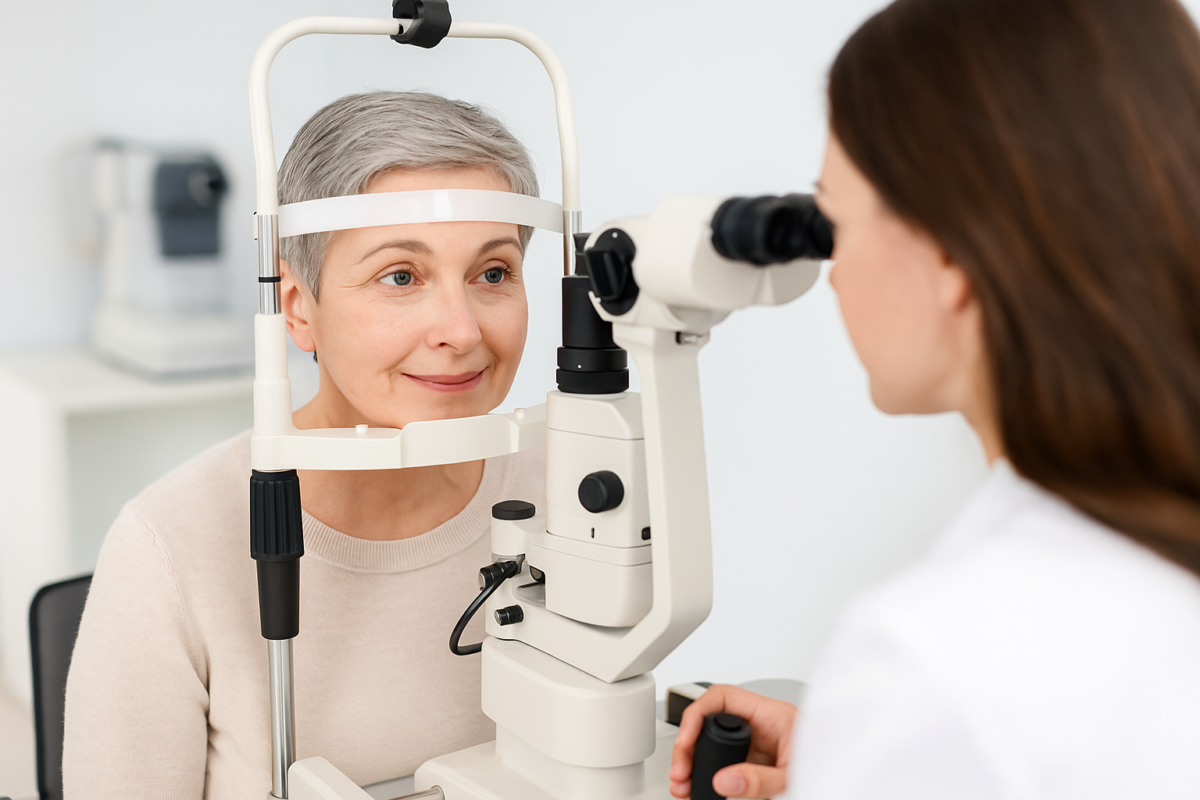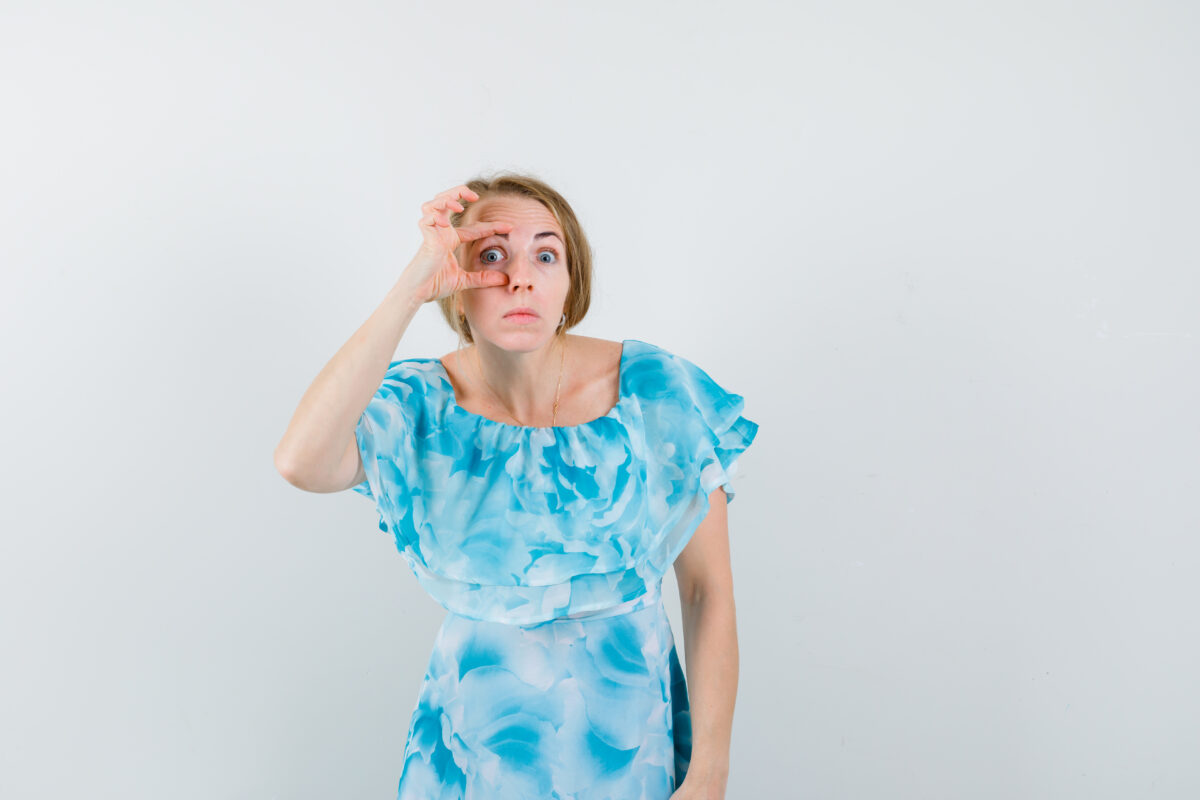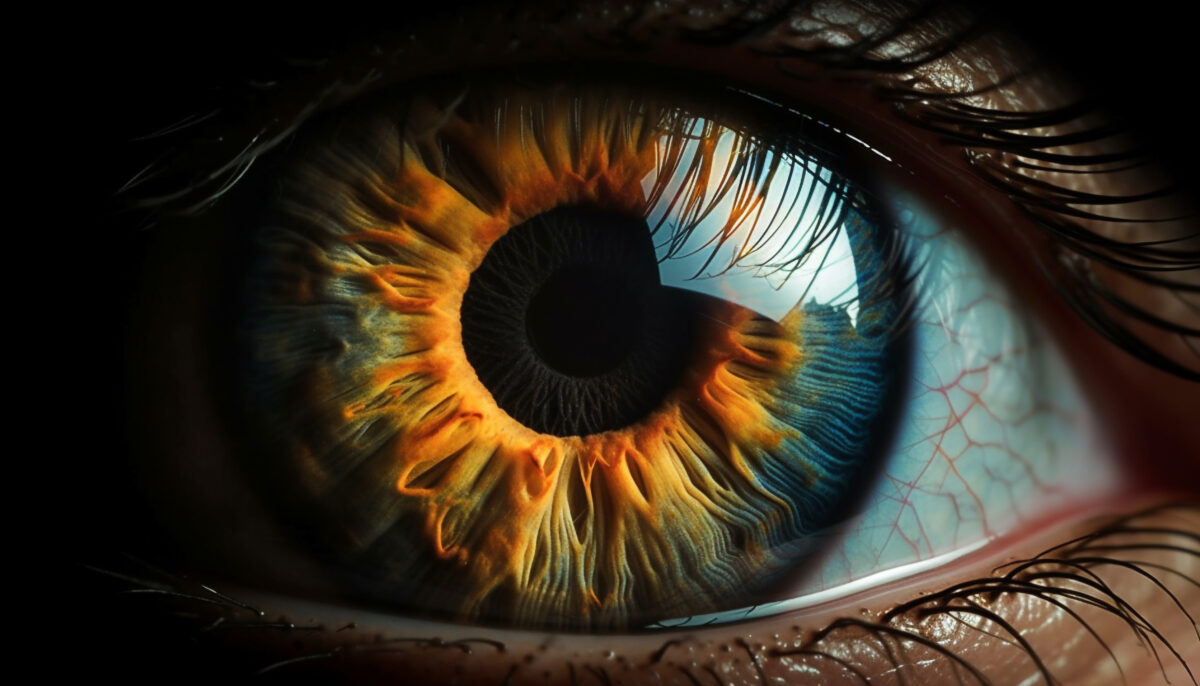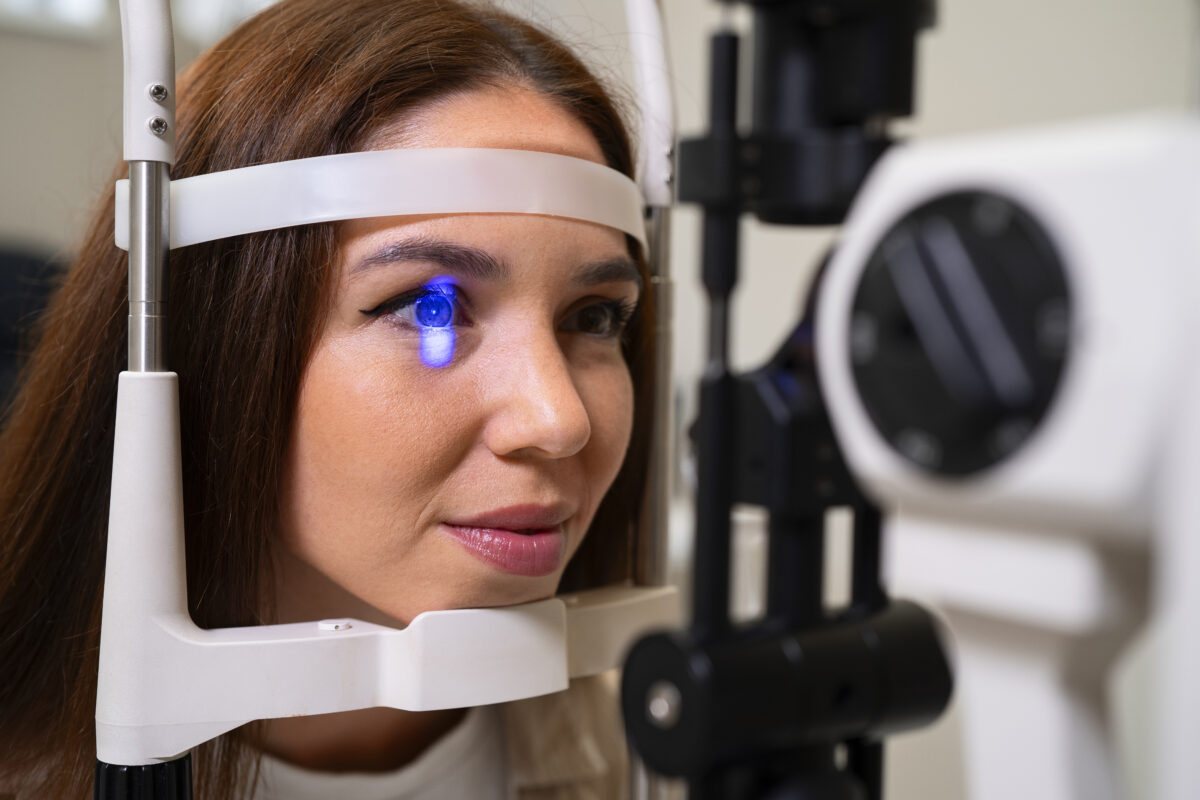When it comes to something as precious as your vision, nothing less than the best will do. Whether it’s routine eye check-ups, advanced surgeries, or personalized vision correction, choosing the right eye hospital is key. If you’re in Kerala and looking for world-class care with a personal touch, Rani Menon Maxivision Eye Hospital in Thrissur might just be the answer.
Often regarded as the best eye care clinic in Kerala, this hospital is a benchmark for eye care excellence, combining decades of trust, modern technology, and compassionate care.
Let’s explore what makes this hospital a standout name in the field.
A Legacy of Trust and Excellence
Founded by Dr. Rani Menon, a pioneer in ophthalmology, the hospital has earned the trust of thousands across generations. With over 40 years of expertise in eye care, the hospital is now powered by a collaboration with Maxivision Group, further enhancing its technology, systems, and reach.
But more than just machines and methods, what truly sets this eye care hospital in Thrissur apart is its philosophy, which is treating every patient like family.
World-Class Facilities That Make a Difference
- State-of-the-Art Operation Theatres
Rani Menon Maxivision Eye Hospital boasts ultra-modern operation theatres with laminar airflow systems and HEPA filters that ensure maximum sterility, ideal for delicate eye procedures like cataract surgery, LASIK, and retinal treatments.
- Advanced Diagnostic Equipment
Getting the right diagnosis is the first step toward healing, and we make sure it’s the right one. The hospital uses high-end diagnostic tools like OCT (Optical Coherence Tomography), Corneal Topography, and Automated Perimetry to detect and track even the smallest changes in your vision.
- Full-Service Outpatient Department
The outpatient department is designed for comfort and efficiency- from registration to consultation, everything flows seamlessly. Each specialty, be it general ophthalmology, pediatric eye care, or glaucoma, has dedicated consultants, ensuring focused treatment.
Comprehensive Services Under One Roof
As the best eye care clinic in Kerala, Rani Menon Maxivision offers a wide spectrum of services:
- Cataract Surgery
Offering the latest in phacoemulsification and bladeless femto cataract surgeries, the hospital specializes in painless, stitch-free cataract removal with premium intraocular lens (IOL) options.
- LASIK & Refractive Surgery
Freedom from glasses is now safer and faster. From traditional LASIK to Contoura Vision, the team ensures tailor-made solutions for each individual eye.
- Retina & Diabetic Eye Care
For patients with diabetes, early detection of retinal issues is crucial. The hospital has a dedicated retina care wing that provides regular screening, laser treatments, and intravitreal injections.
- Glaucoma Management
Glaucoma, the silent thief of sight, requires long-term monitoring. With advanced pressure monitoring systems and optic nerve scans, the team offers accurate diagnosis and effective management plans.
- Pediatric Eye Care
Children’s eye health needs extra care and expertise. The hospital provides squint correction, lazy eye treatment, and routine eye checks by experienced pediatric ophthalmologists.
- Contact Lenses & Low Vision Aids
Whether you need cosmetic lenses, lenses for keratoconus, or aids for low vision, the optical and contact lens division is equipped to meet diverse needs.
Why Rani Menon Maxivision is the Best Eye Care Clinic in Kerala
Here are just a few reasons why patients consistently choose this eye care hospital in Thrissur:
- Expert Team of Specialists
From cataract surgeons to retina experts, every doctor here brings years of specialized experience and genuine compassion.
- Cutting-Edge Technology
The hospital stays ahead by adopting innovations, whether it’s femto laser cataract machines or AI-driven diagnostic tools.
- Patient-Centric Approach
Each patient journey is thoughtfully crafted, ensuring minimal wait times, clear communication, and absolute comfort.
- Accessibility & Affordability
Located in the heart of Thrissur, the hospital is easily accessible and offers services at transparent, ethical pricing.
- NABH Accreditation
The hospital is NABH accredited, which is a mark of its commitment to the highest standards in healthcare delivery.
Patient Testimonials Speak Volumes
Real experiences speak louder than words. Thousands of patients have shared their gratitude- praising the staff’s professionalism, the doctors’ expertise, and the clinic’s cleanliness and care.
From senior citizens gaining back clear sight to young adults enjoying spectacle-free vision after LASIK, stories of transformation are abundant at Rani Menon Maxivision.
Eyes Deserves The Best
Your eyes deserve nothing but the best. And when care meets competence, it creates a lasting impact. That’s exactly what Dr Rani Menon Maxivision Eye Hospital offers, a place where technology and empathy come together.
The best eye care in Thrissur? You’ve just found it.
Visit Us Today
Book your consultation or walk in for a comprehensive eye check-up. Whether it’s a simple routine test or a complex vision problem, Dr Rani Menon Maxivision Eye Hospital is here to serve you with skill, sincerity, and a smile.

